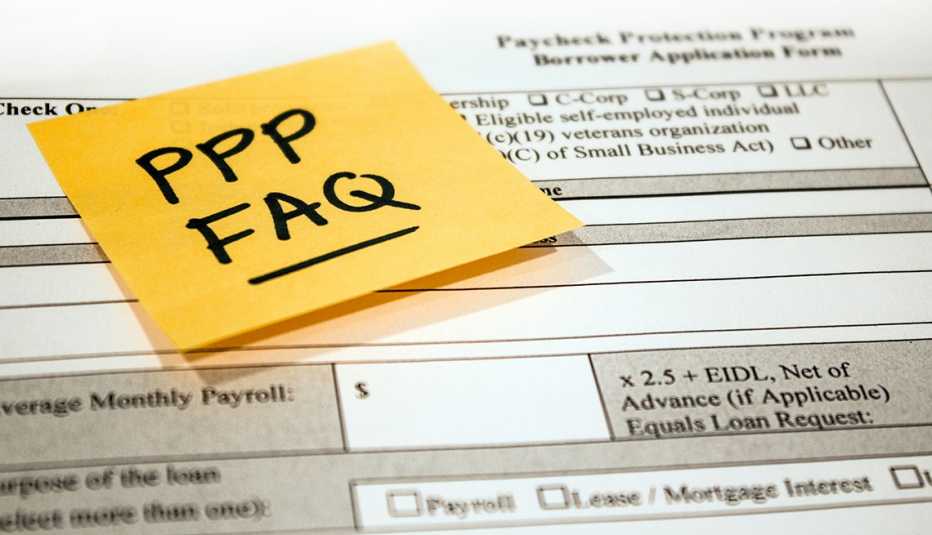Staying Fit
Even before the coronavirus pandemic, many people were migrating online to look for deals and to make purchases. Now, with many consumers hesitant to shop in brick-and-mortar stores, online sales are expected to jump 18 percent this year, according to a report from digital research firm eMarketer.
That could be good news for aspiring entrepreneurs who are thinking about starting a home-based business. A host of accessible and affordable tools, marketing options and channels make it relatively easy to launch a small business online, says entrepreneur and start-up expert Ramon Ray, author of The Celebrity CEO: How Entrepreneurs Can Thrive by Building a Community and a Strong Personal Brand.


AARP Membership— $12 for your first year when you sign up for Automatic Renewal
Get instant access to members-only products and hundreds of discounts, a free second membership, and a subscription to AARP the Magazine.
Whether you're planning to sell products or services, you can create your own web-based business by following these seven important steps.
1. Start with the right product or service


Lisa Lane, 55, founder of Clarksburg, New Jersey–based Lane Innovations, has turned her invention, the Rinseroo, into a best-selling product on Amazon. After developing her idea for the device — a faucet attachment that makes cleaning easier — Lane began to explore how to sell it. As she did more research into her market she soon realized she had a product with the possibility of mass appeal. All she needed was to find a way to both market it and showcase its potential. Selling her invention online gave her an effective way to do both.
Your business doesn't have to be centered on a physical product. Catherine Graham, founder of consulting firm The Financial Aid Shop in Redondo Beach, California, took her 25 years of experience in college financial aid and turned it into a business she promotes online. Graham offers her services to both institutes of higher education and families. She launched a website to help her connect with new clients throughout the United States.
"The most important thing you have to do when you start a business is to figure out what problem you're solving or what need you're fulfilling,” says small-business consultant Lonnie Sciambi, author of Secrets to Entrepreneurial Success. There's enormous opportunity out there for the right idea, he adds.







































































